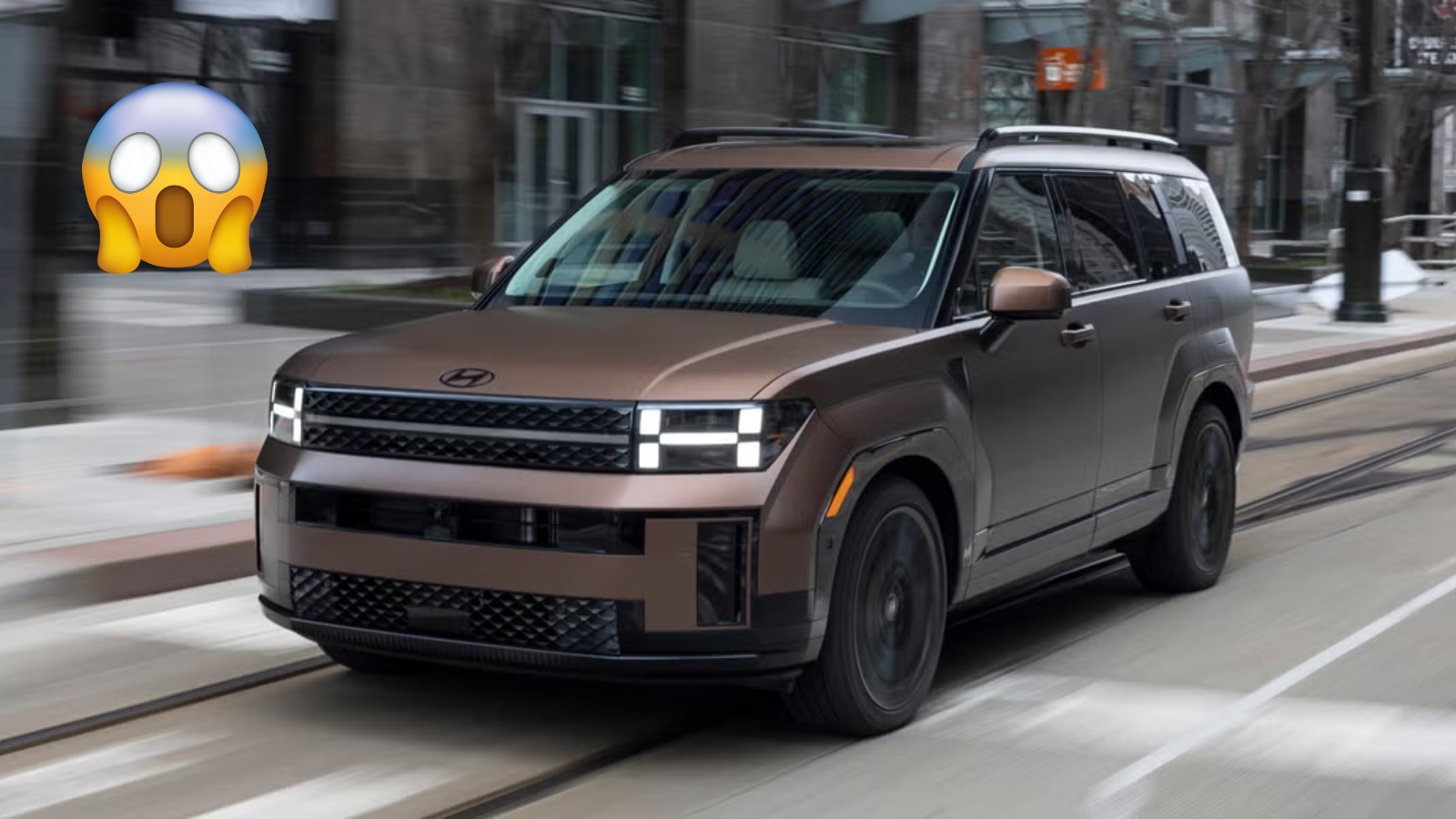When car enthusiasts heard that Hyundai was ditching the dual-clutch transmission in the 2026 Santa Fe for the US market, many assumed this change would roll out globally. Surprisingly, that’s not the case. Hyundai Australia confirmed to Car Expert it has no plans to replace the eight-speed DCT that has been in the current-generation Santa Fe since it was released here in 2024.
This decision creates an interesting split between markets, leaving Australian buyers with a transmission technology that American customers will no longer have access to.
The Recall That Started It All
The story begins with a significant recall affecting the 2024 Santa Fe in the United States. The switch follows a recall of 2024 Santa Fe models that covered more than 12,000 cars with an estimated 100 percent defect rate. That’s right – every single recalled vehicle had transmission problems.

The issues weren’t minor inconveniences either. According to documents released at the time of the recall, normal driving operations could lead to a terminal defect in the transmission, requiring Hyundai to replace the entire unit. When a manufacturer needs to replace entire transmissions under warranty, it’s a clear sign that something fundamental went wrong.
What Makes Dual-Clutch Different
Understanding why this matters requires knowing what makes dual-clutch transmissions special. Unlike traditional automatic transmissions that use torque converters, dual-clutch systems essentially contain two separate manual transmissions working together. One handles odd-numbered gears while the other manages even-numbered gears.
The advantage? Dual-clutch transmissions are designed to reduce fuel consumption and improve responsiveness by pre-selecting the next ratio and producing faster, smoother gear shifts when operating correctly. When they work properly, drivers get sports car-like quick shifts with better fuel economy than conventional automatics.
Australia’s Different Approach
Regional Manufacturing Differences
Transmissions for Hyundai and Kia, which is also part of the broader Hyundai Motor Group (HMG), are made in the US as well as South Korea, China, and the Czech Republic. This global manufacturing setup might explain why different markets can make different decisions about the same technology.
Australian Santa Fe models use the same eight-speed dual-clutch transmission that caused problems in America, yet Hyundai Australia remains confident in keeping it. This suggests either different manufacturing sources, updated components, or simply different tolerance levels for potential issues.
Market-Specific Considerations
The Australian automotive market operates differently from the American one. Customer expectations, warranty requirements, and service infrastructure all play roles in these decisions. Australian buyers might be more willing to accept occasional transmission quirks in exchange for the fuel economy and performance benefits that dual-clutch technology offers.
The Technical Reality
| Transmission Feature | Dual-Clutch (DCT) |
|---|---|
| Shift Speed | Faster than conventional automatic |
| Fuel Economy | Better than torque converter |
| Low-Speed Behavior | Can be jerky or hesitant |
| Maintenance Requirements | More complex, potentially costlier |
| Durability Concerns | Higher failure rates reported |
| Performance Feel | More engaging, sports car-like |
Looking at the Competition
Interestingly, despite some versions of the Kia Sorento using the same eight-speed dual-clutch unit, a spokesperson for Kia told Car and Driver that it won’t be making the same switch for 2026. This means even within the same corporate family, different brands are making different decisions about transmission technology.
Real-World Performance Issues
The problems aren’t just theoretical. While purely anecdotal, we had our own issues with the DCT in our 2022 Kia Sorento SX long-term test car. After having the transmission fluid replaced twice within the span of 8000 miles, we were forced to replace our transmission with a refurbished unit.
What This Means for Buyers
American Market Changes
For 2026, American Santa Fe buyers will get a traditional eight-speed torque converter automatic instead of the dual-clutch system. “For 2026, Santa Fe moves to a torque converter transmission. It became available in our development cycle, and we determined it provided ideal overall drivability for the Santa Fe driver moving forward,” the spokesperson said.
Australian Market Continuity
Australian buyers continue getting the dual-clutch transmission, at least for now. This could be seen as either getting cutting-edge technology or inheriting potential reliability issues, depending on your perspective.
This transmission situation perfectly illustrates how global automotive companies adapt their strategies to different markets. While American customers will enjoy the reliability of conventional automatic transmissions, Australian buyers retain access to the potentially more efficient but possibly less reliable dual-clutch technology.
The decision ultimately comes down to balancing performance benefits against reliability concerns. Time will tell whether Australia’s confidence in the dual-clutch transmission proves justified or if they’ll eventually follow America’s lead toward more conventional solutions.
Frequently Asked Questions
Q: Will the Australian Santa Fe eventually get the same transmission change as America?
A: Currently, Hyundai Australia has no announced plans to switch from the dual-clutch transmission, though this could change based on future reliability data.
Q: Is the dual-clutch transmission actually unreliable?
A: The US recall suggests significant reliability concerns, but experiences may vary by market and manufacturing source.
Q: Should I avoid buying a Santa Fe with dual-clutch transmission?
A: Consider your priorities – if you value efficiency and performance over proven reliability, the DCT might work for you, but traditional automatics offer more predictable operation.
